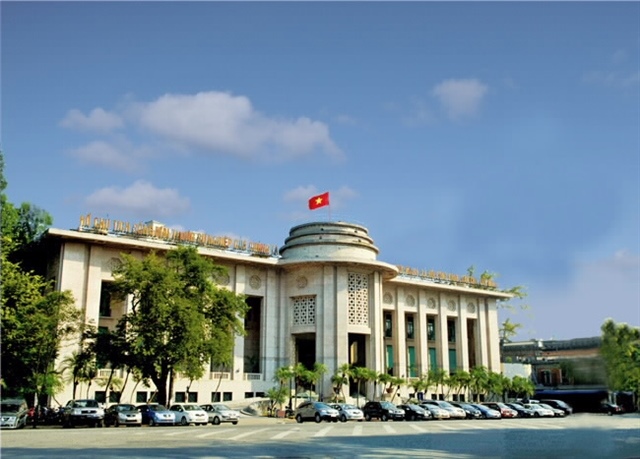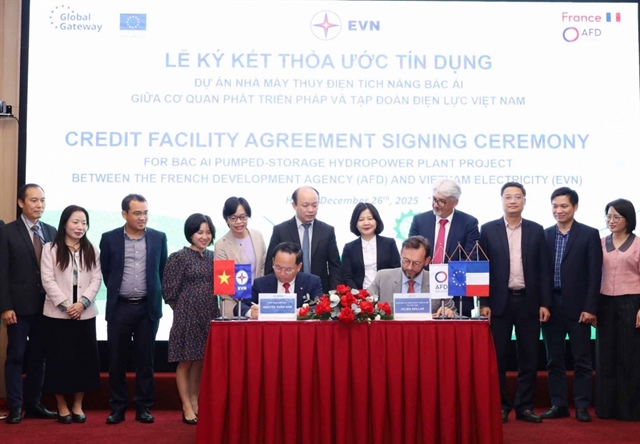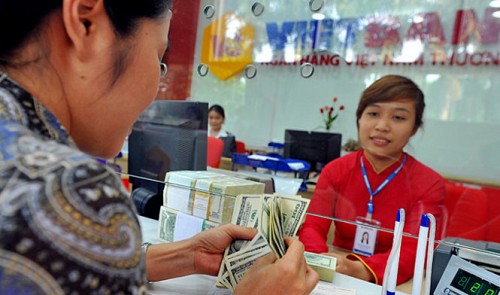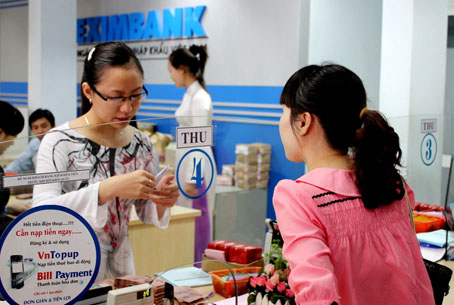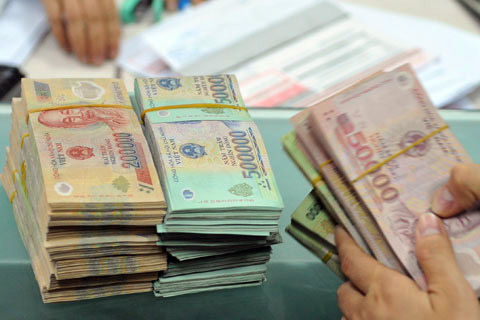Vietnam cautious about lifting foreign-ownership ceiling for banks
Vietnam cautious about lifting foreign-ownership ceiling for banks
The government’s lifting of the foreign ownership ceiling in Vietnamese commercial banks has been a hot topic on all securities trading floors in recent days.
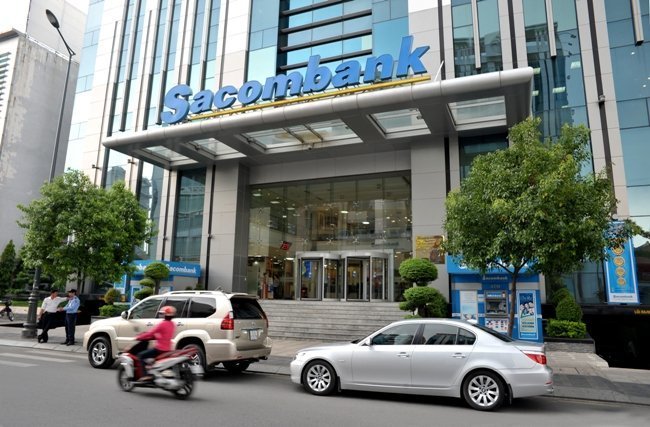
This would trigger a movement of selling stakes to foreign investors as many Vietnamese banks are seeking foreign capital and technologies.
The government’s Resolution No 15 released on March 6, 2014 on some measures to increase equitization said that the State would keep no less than 65 percent of capital in state-owned commercial banks, except VietinBank.
VietinBank is an exception because the state’s ownership ratio in the bank is now 64.5 percent only.
If the State wants to raise the ownership ratio to 65 percent, it will have to buy more shares, while this was impossible because this is contrary to equitization policy.
However, ‘except VietinBank’ does not mean the State would ‘prioritize’ to hold less stake in VietinBank than other state-owned banks. VietinBank’s ceiling would not be larger than other state-owned banks such as Vietcombank and BIDV.
An analyst said that it was the commercial banks’ right to ask for higher foreign ownership ratio, and it was the government’s right to agree or not.
He does not think VietinBank’s proposal will be accepted, at least in 2015. The foreign ownership ratio of over 20 percent has not been granted to any commercial bank in Vietnam, including joint stock banks.
Foreign investors, who sent word intimating that they want to buy a stake in Vietnamese banks, including Sacombank and Dong A, all want at least 49 percent of stake of the banks, which gives them the right to join the management board, not only to provide technical assistance.
The analyst noted that foreign investors’ reasons to buy Vietnamese banks has changed. They won’t buy any bank. They will only target banks with large networks, a high number of clients and good retail services. That is why Sacombank is one of the ‘aiming points’.
A State Bank of Vietnam official told the press on the sidelines of a workshop held recently that the watchdog agency won’t let foreign investors hold 49 percent of Sacombank’s stake, because once they can control a bank with 450 branches and transaction offices, they will control a part of the southern economy.
Sources said that there would not be any lifting of the foreign ownership ceiling this year.



